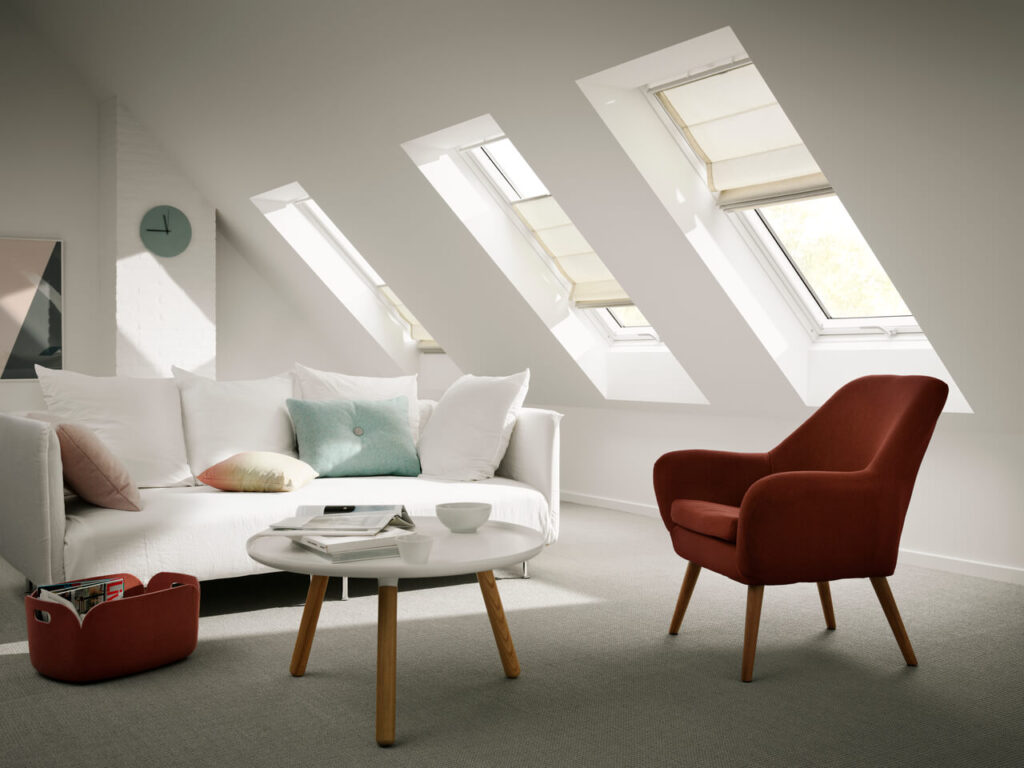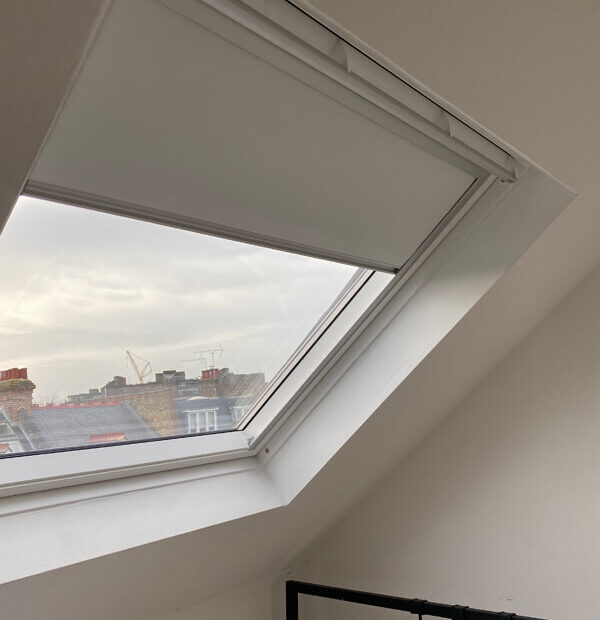Installing a roof window is an excellent way to enhance your home, allowing more natural light and fresh air into your living space. Whether you’re considering a Velux window for a loft conversion or adding a skylight to an existing room, careful planning is essential to ensure a successful installation. From choosing the right window type to understanding building regulations, here’s everything you need to know before you start.
1. Choosing the Right Type of Roof Window
Before installation, you need to determine the best type of roof window for your needs. The right choice will depend on the function of the room, the level of ventilation required, and the aesthetics you want to achieve. Here are the most popular types of roof windows:
- Top-hung windows – Ideal for loft conversions, these windows open outward from the top, providing an unobstructed view and excellent ventilation.
- Centre-pivot windows – A practical choice for rooms with limited space, these windows pivot in the middle and are easy to open, even with furniture placed underneath.
- Velux Cabrio balcony systems – If you want to create a small balcony in a loft space, this innovative system transforms from a window into a step-out balcony.
- Flat roof windows – These are specially designed for flat or low-pitched roofs and offer excellent daylight distribution.
- Electric and solar-powered windows – Perfect for hard-to-reach areas, these windows can be opened and closed remotely with smart controls or rain sensors.
Each type of roof window has unique benefits, so consider how you plan to use the space before making your decision.

2. Assessing Your Roof’s Suitability
Not all roofs are suitable for a roof window installation, so it’s essential to evaluate your roof’s structure before proceeding. Here are some key factors to consider:
Roof Pitch
The pitch (angle) of your roof plays a crucial role in selecting the right window. Different roof windows are designed for different pitches:
- Standard roof windows typically require a roof pitch of 15° to 90°.
- Flat roof windows work best on roofs with a pitch of 0° to 15°.
Ensure you choose a window designed to work with your roof’s angle for proper drainage and functionality.
Structural Considerations
Your roof must be structurally sound enough to support the window installation. A professional assessment can help determine whether additional reinforcement is needed. If you’re cutting through rafters, you may need a specialist to install appropriate support beams.
3. Do You Need Planning Permission?
In most cases, roof windows fall under permitted development rights, meaning you don’t need planning permission. However, there are exceptions:
- If your home is in a conservation area or a listed building, you may require approval before installation.
- If the window significantly alters the appearance of the roof, local authorities may require a planning application.
- For side-facing roof windows, they must have obscure glazing and be non-opening if they are less than 1.7 metres from the floor.
To be on the safe side, always check with your local planning authority before proceeding with installation.
4. Understanding Building Regulations
Even if planning permission is not required, all roof window installations must comply with UK building regulations, covering:
- Energy efficiency – Your window must have an appropriate U-value to prevent heat loss.
- Ventilation requirements – Roof windows should contribute to a room’s airflow, especially in bathrooms and kitchens.
- Fire safety – Windows must meet fire escape regulations in certain circumstances, particularly for loft conversions.
- Structural integrity – Any changes to the roof structure must not compromise the building’s safety.
5. Placement for Maximum Light and Efficiency
The location of your roof window affects not only how much light enters the room but also the energy efficiency and overall comfort of the space. Consider the following factors:
- Sunlight direction:
- South-facing windows bring in the most daylight but may cause overheating in summer.
- North-facing windows provide a more even, natural light.
- East-facing windows are great for morning sunlight, while west-facing ones catch the afternoon sun.
- Height and positioning:
- The higher the window, the more daylight will spread across the room.
- Installing windows on opposite sides of the roof enhances cross-ventilation.

6. Professional vs. DIY Installation
While installing a roof window might seem like a manageable DIY project, it’s often best left to professionals. Here’s why:
Benefits of Hiring a Professional:
✅ Expertise in assessing the best placement for maximum efficiency.
✅ Proper flashing and waterproofing to prevent leaks.
✅ Compliance with building regulations.
✅ Safe handling of roof modifications.
✅ Faster and cleaner installation with minimal disruption.
Unless you have roofing experience, a professional installer will ensure your roof window is fitted correctly, avoiding costly mistakes.
7. Choosing the Right Blinds & Accessories
Once your roof window is installed, you may want to consider additional features to enhance comfort and convenience.
Blinds & Shades
Velux offers a range of blinds tailored for different needs:
- Blackout blinds – Ideal for bedrooms, blocking out all light for better sleep.
- Roller blinds – A simple option for diffusing light while maintaining privacy.
- Venetian blinds – Best for kitchens and bathrooms, as they resist moisture.
- Solar-powered blinds – Smart, energy-efficient, and easy to control remotely.
Smart Features & Extras
- Rain sensors – Automatically close your roof window when it starts raining.
- Remote control operation – Perfect for high or hard-to-reach windows.
- Heat-reflective glass – Reduces heat build-up in summer.
Adding these features enhances the usability and efficiency of your roof window.

8. Budget Considerations
Installing a roof window is an investment, so it’s essential to plan your budget wisely. Factors that affect cost include:
- The type and size of the window.
- Installation complexity – Cutting through roof rafters may increase costs.
- Blinds, flashing kits, and smart accessories.
To get the best value for money, opt for high-quality materials and professional installation.
Final Thoughts
A well-planned roof window installation can transform your home, enhancing both aesthetics and functionality. By considering window type, roof suitability, regulations, placement, and installation method, you can ensure a seamless and stress-free process.
At Yorkshire Roof Windows, we specialise in Velux roof window installations across Scarborough, York, Bridlington, Hull, Driffield, Howden, Goole, and Pocklington. With industry knowledge, we guarantee a professional and hassle-free service.
📞 Contact us today for expert advice and a free quote!








